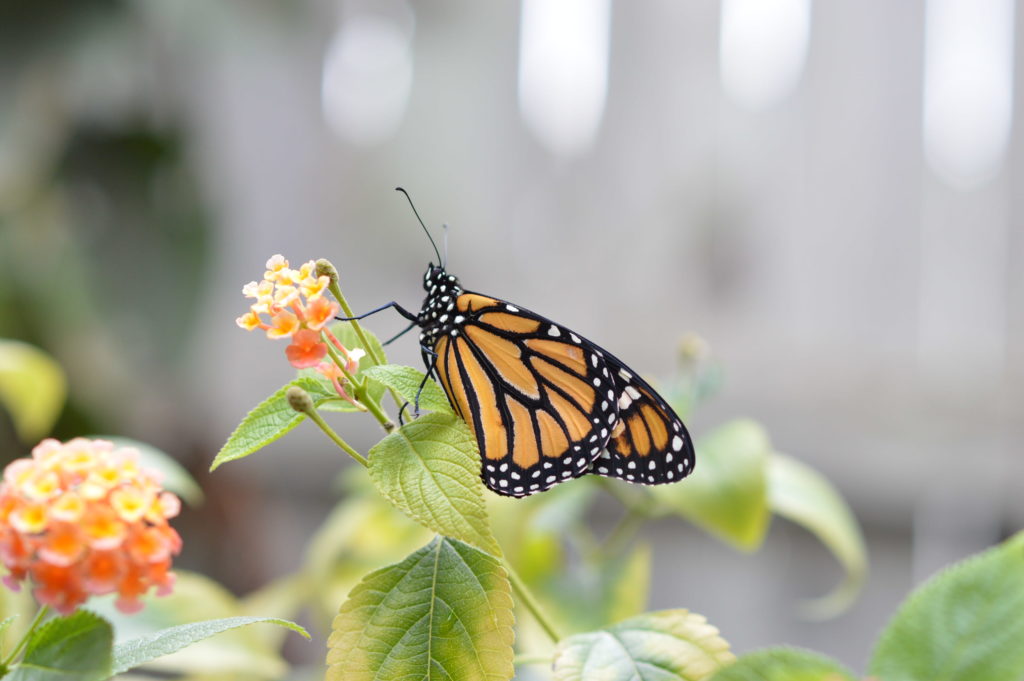
After emerging in mid-September, this butterfly joins the generation of monarchs to make the long migration to Mexico. (photo/Cindy Hadish)
Even as late as mid-September, monarch butterflies are depositing eggs on milkweed in Eastern Iowa.
If Iowa’s weather cooperates, those eggs will hatch in about four days to become tiny larvae, or caterpillars, which feast on the milkweed for two weeks before transforming into a chrysalis.
More: Cicada emergence
For advocates who raise monarchs indoors, the sight is a common one, but each is its own little miracle.
After seeing dozens of caterpillars this summer, this one attached onto a window ledge and emerged after about 10 days.
It spent several hours letting its wings dry before joining the generation of monarchs to make the long trek to winter resting grounds in Mexico.
Related: Keeping a healthy butterfly habitat when aphids attack
See more photos of the stages of the monarch, below:
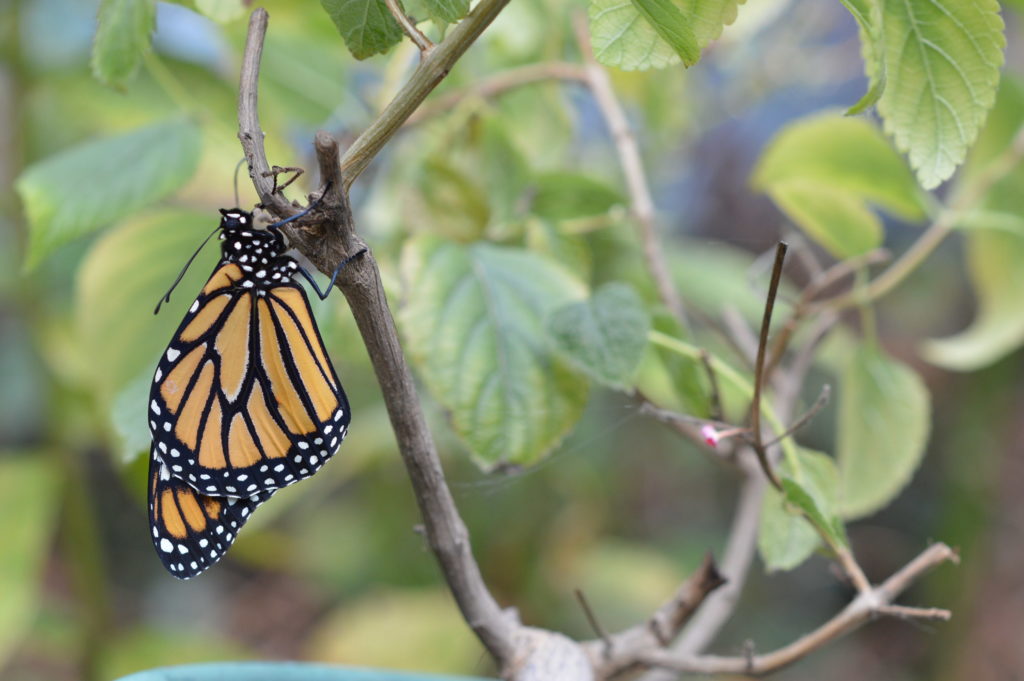
The monarch hangs onto a lantana branch for several hours and will hopefully find its way to winter resting grounds in Mexico. (photo/Cindy Hadish)

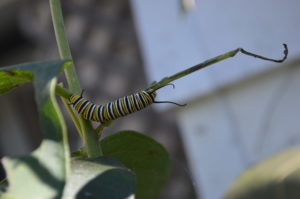

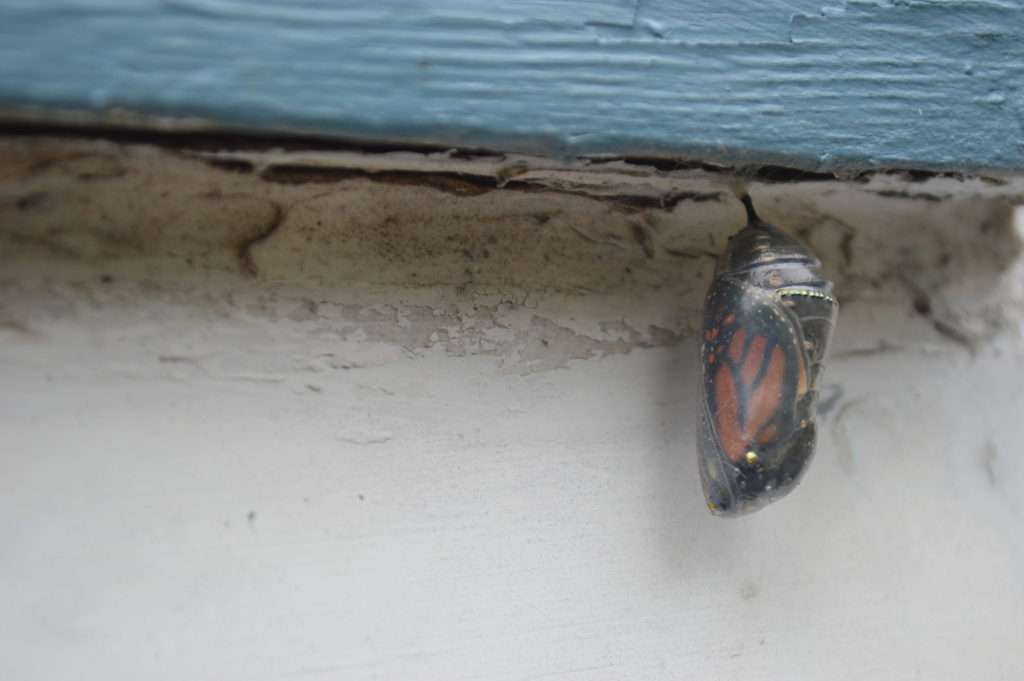
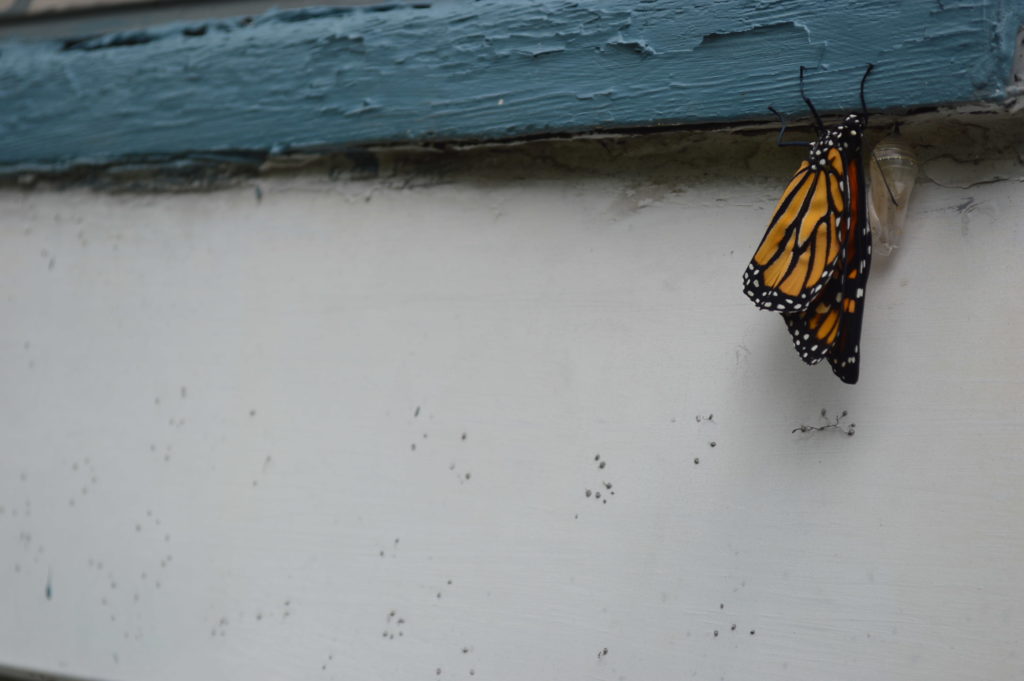
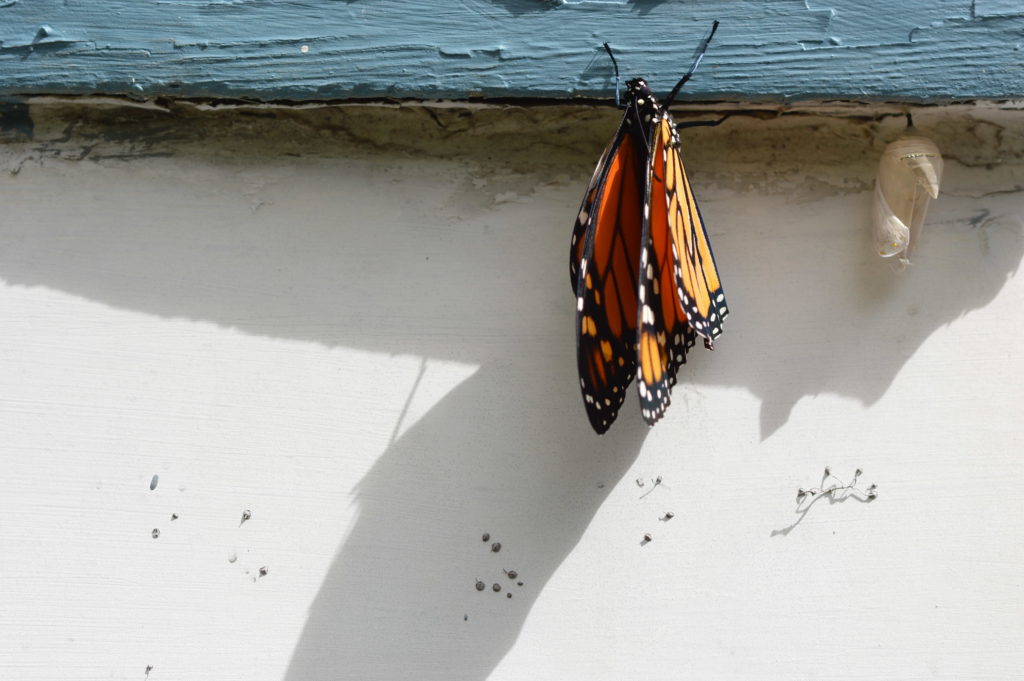
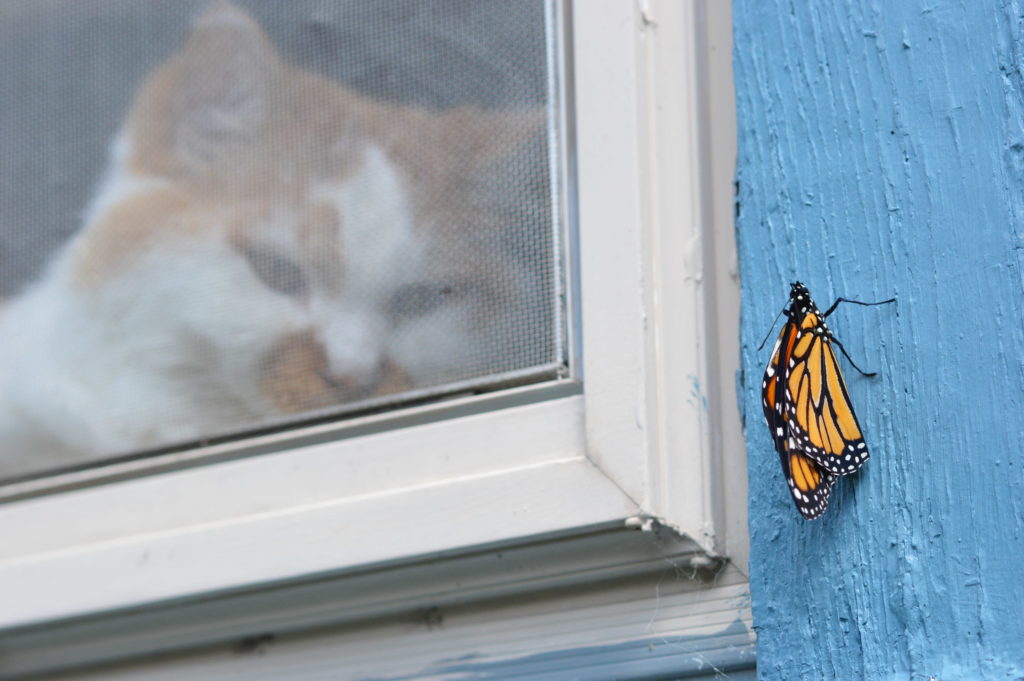
[…] Find photos of another emergence: Stages of the monarch butterfly […]